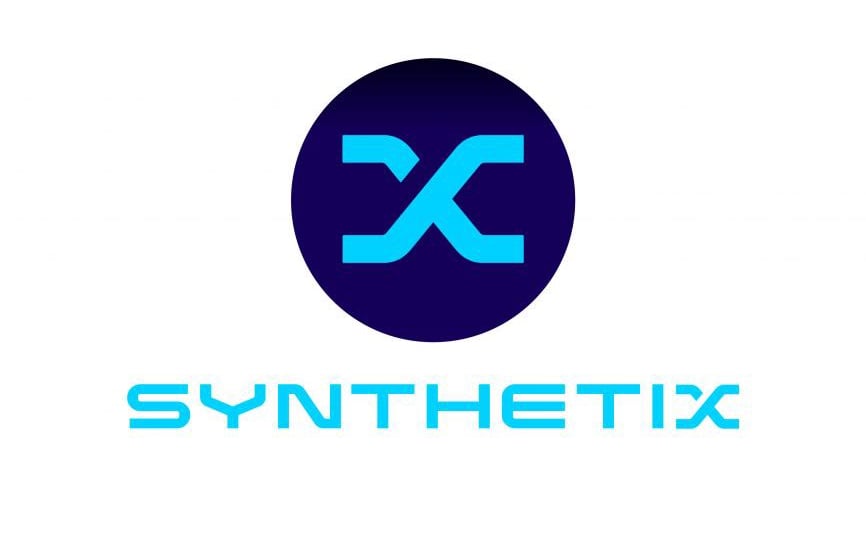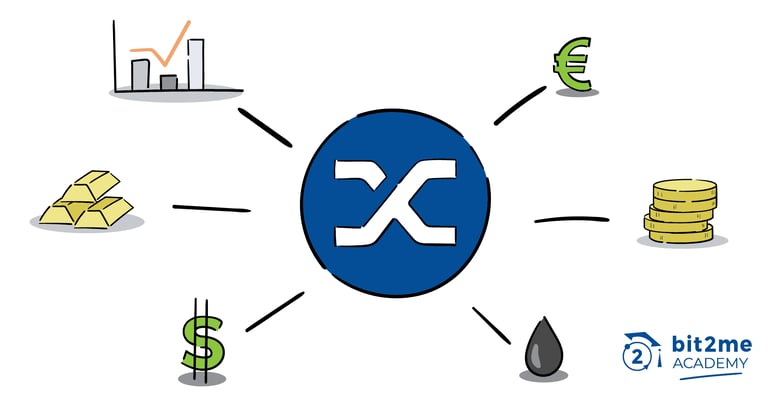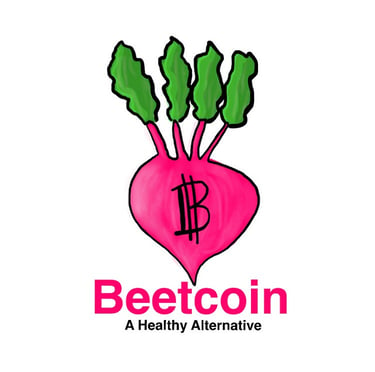Synthetix: Revolutionizing Finance with DeFi
Discover how Synthetix, a leading DeFi protocol, transforms finance through blockchain-based synthetic assets. Learn about its innovative use of Chainlink oracles, SNX token collateral, and the uni...
2/19/20253 min read


Overview of Synthetic Assets
Synthetix utilises chainlink price oracles to get data on the current prices of any type of asset including stocks, commodities and futures to create a synthetic digital asset which mirrors the price of the real asset. For Synthetix assets, the value of these synthetic assets comes from deposited SNX tokens which have tradable value on the open market and the synthetic tokens or synths are debt issued from the SNX collateral. Synthetix is one of the main web-3 protocols in which synthetic assets or synths can be created and traded by anyone on their platform and it will be the main focus of this article. Some of the other main synthetics web-3 protocols include UMA, Mirror Protocol, dydx and injective protocol which also create synthetic assets. The scope for synthetic assets is large as many assets can be brought on chain enabling institutions and individuals, providing freedom and transparency
Synthetix allows the SNX token to be staked and used as collateral to mint synths. The process starts with staking the SNX tokens as collateral and minting sUSD tokens. These sUSD tokens can then be exchanged to any other type of synth, its not done as direct trade but rather by burning the sUSD and minting the new synthetic asset according to the oracle price, so the swapping of synths is not done by exchanging tokens but via a smart contract interaction, eliminating slippage which allows large volume trades to occur at the current price and reducing swap fees which are paid to Synthetix token stakers, incentivising staking and increasing the total marketcap of synths which can be used broadly within the web-3 ecosystem for a range of applications across many DEFI protocols. The incentive of minting synths as opposed to purchasing them on a DEX is that exposure to the price of the SNX token can be maintained as well as exposure to the value of the synth obtained
The Global Shared Debt Pool - An Example
Within Synthetix, the debt pool is a collective debt and not one that is paid back individually. What this means is that for example;
Assuming a 400% collateralization ratio, which has changed within the ecosystem over time and may continue to do so as capital efficiency increases
Alice deposits $20,000 in SNX and mints $5000 of sUSD
Bob deposits $20,000 in SNX and mints $5000 of sUSD (synthetic USD), then trades it to sETH (synthetic ETH)
The total deposits within the system are $40,000 and the total outstanding debt created (synths) are $10,000. In order to close out the positions and withdraw the staked SNX, the total deposits divided by the total debt must be equal to or greater than the collateralization ratio (4 in this example)
If the price of ETH doubles, the debt is now constituted of the sUSD which has not changed in value and is still worth $5000 as it is a stablecoin and the value of the sETH, which has now doubled and is worth $10,000. This brings the total debt of the system to $15,000 and so the total deposits need to be 4 times this in order to close the positions
Alice makes up half of the collateralization amount so she will need to add $10000 to close out her position and withdraw her SNX tokens, Bob will need to do the same, but the value of Bob's sETH has doubled so it is now worth $10,000. They both add $10000 and close their positions, Alice will have a loss of $2500, Bob ends up with $7500 from the $5000 taken out in debt, netting $2500
As we can see from this example the debt pool is global within the synthetix ecosystem, which incentivises traders to mint certain synthetic assets within the protocol in order to keep the system well balanced based on its current debts and risk level
Future Scope for Synthetic Assets
The benefits of synthetic assets extend far beyond traditional financial markets, enabling access to carbon credits, real estate, commodities, equities, prediction markets, art, and more. By tokenizing these assets and making them tradable on decentralized platforms, blockchain technology can democratize access, increase liquidity, and reduce costs. This innovation has the potential to create a more inclusive and efficient global financial system, empowering individuals and businesses to participate in markets that were previously out of reach. However, realizing this potential will require addressing challenges such as regulatory uncertainty, oracle reliability, and scalability, as well as ensuring that these systems are user-friendly and secure.


Get in Touch
We'd love to hear from you! Reach out for questions, feedback or other enquiries
Reach
info@bitesizedblockchain.com
Bite Sized is not affiliated with these brands in any way





Grab your daily web 3 byte
